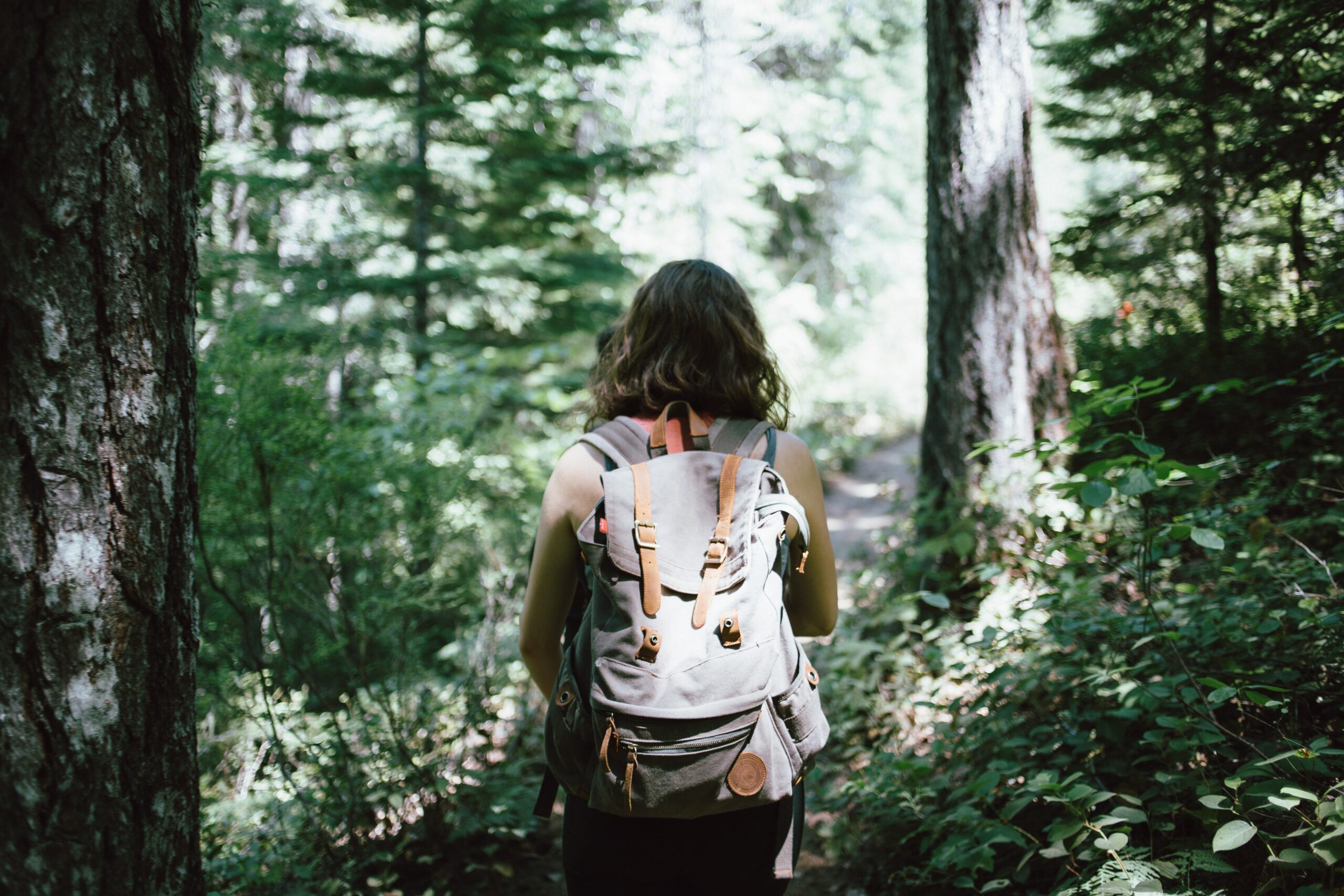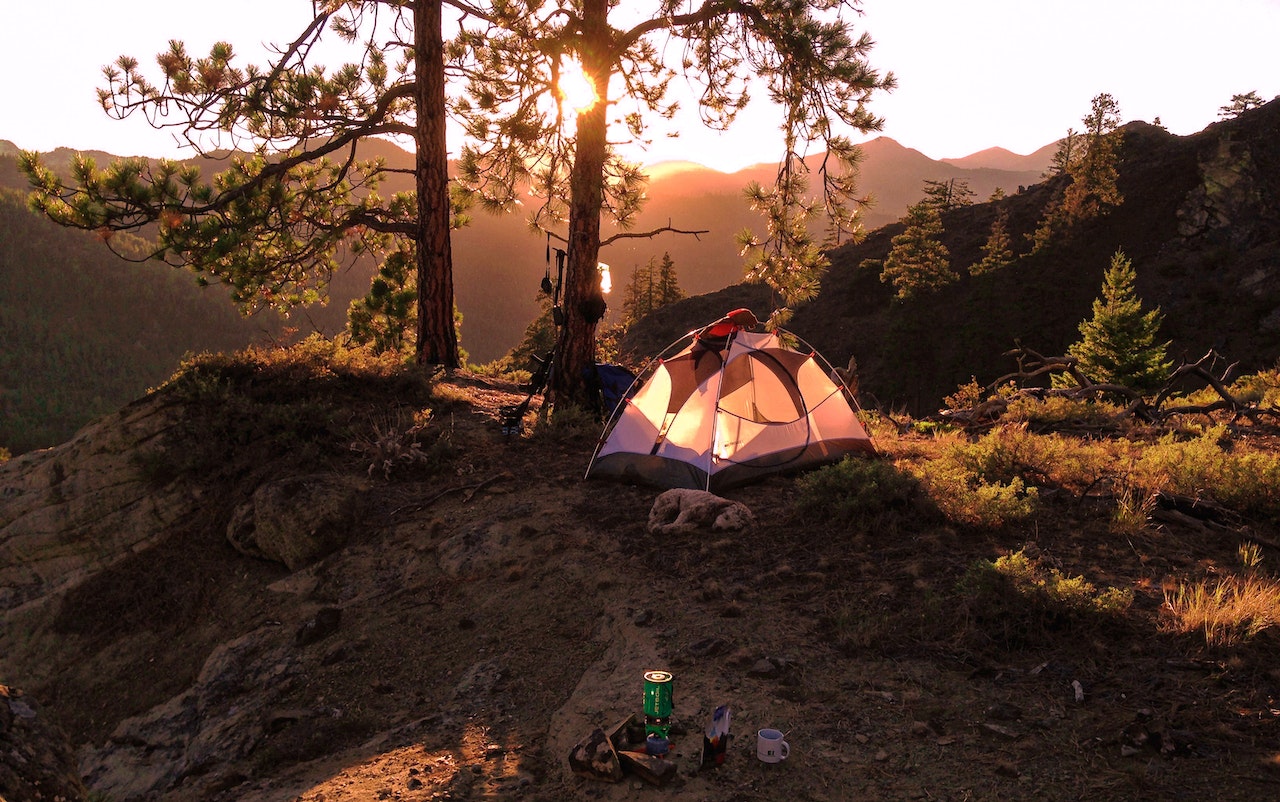Survival Manual: Being Lost in the Woods & Maximizing Chances of Rescue
Introduction
Being lost in the woods can be a frightening experience. This comprehensive manual will equip you with the knowledge to survive and increase your chances of being rescued. Knowing what to do can make all the difference in your survival.
Table of Contents
1. Assessing the Situation
2. Finding Shelter
3. Starting a Fire
4. Finding Food and Water
5. Navigation and Moving Safely
6. Signaling for Help
7. First Aid and Health Maintenance
8. Mental Well-being and Keeping Hope
9. Legal and Ethical Considerations
10. Conclusion
1. Assessing the Situation
1.1 Stay Calm
– Take Deep Breaths: Focus on calming your mind.
– Assess Your Needs: Shelter, water, food, and help.
1.2 Check Supplies
– Examine What You Have: Map, compass, knife, etc.
1.3 Assess Your Environment
– Weather Conditions: Dress appropriately.
– Terrain: Familiarize yourself with the landscape.
2. Finding Shelter
2.1 Choose a Suitable Location
– Avoid Low Ground: Flood risk.
– Avoid Windy Areas: Wind chill.
– Proximity to Resources: Water, materials for shelter.
2.2 Build a Shelter
– Natural Shelters: Caves, overhanging cliffs.
– Man-made Shelters: Lean-to, A-frame.
3. Starting a Fire
– Gather Materials: Tinder, kindling, fuel.
– Select a Fire Location: Clear of flammable materials.
– Build and Maintain a Fire: Use primitive methods if necessary.
4. Finding Food and Water
4.1 Water
– Locate Streams or Rivers: Boil if possible.
– Collect Rainwater: Use containers or leaves.
– Avoid Saltwater: Can cause dehydration.
4.2 Food
– Familiar Plants: Only eat plants you recognize as safe.
– Fish and Small Game: If you have the means to catch them.
-Avoid Risky Foods: Do not consume something if you’re unsure.
5. Navigation and Moving Safely
5.1 Stay or Go?
– Consider Your Location: Are you likely to be found?
– Consider Your Abilities: Can you navigate safely?
– Mark Your Path: If you move, leave clear indicators.
5.2 Use a Compass or Natural Signs
– The Sun: Rises in the east, sets in the west.
– Stars: The North Star in the Northern Hemisphere.
6. Signaling for Help
6.1 Create Signals
– Fire: Create smoky fires with green leaves.
– Mirrors: Reflect sunlight.
– Sound: Whistle or bang rocks.
– Ground Signals: Large letters or symbols.
6.2 Be Ready for Rescue
– Monitor Search Patterns: Be observant.
7. First Aid and Health Maintenance
7.1 Basic First Aid
– Wounds: Clean and cover.
– Fractures: Immobilize.
7.2 Maintain Hygiene
– Wash Hands: Before eating or drinking.
8. Mental Well-being and Keeping Hope
8.1 Maintain a Routine
– Structure Your Day: Helps maintain morale.
8.2 Focus on Positive Thoughts
– Remember Loved Ones: Focus on motivation.
9. Legal and Ethical Considerations
9.1 Respect Nature
– Take Only What You Need: For sustenance and shelter.
– Avoid Endangered Species: For both food and shelter.
9.2 Respect Private Property
– Avoid Trespassing: Be aware of property lines.
10. Conclusion
Surviving being lost in the woods requires calmness, resourcefulness, and persistence. Familiarize yourself with these techniques before venturing out. Always inform someone of your plans and the route you intend to take.
Appendices (Optional)
– A. Checklist for Basic Survival Kit
– B. Safe and Unsafe Plants in Your Region
– C. Basic Knots for Shelter Building and More
Being prepared, both physically and mentally, and knowing what actions to take can significantly increase your chances of survival and rescue. Regularly revisit and practice these skills, stay informed about the environment you are in, and follow legal and ethical guidelines.
**Disclaimer**: This manual is intended as a general guide and is not a substitute for professional training or advice. Conditions and situations can vary greatly, and it is strongly recommended to take a formal survival course if you plan to engage in wilderness activities.



